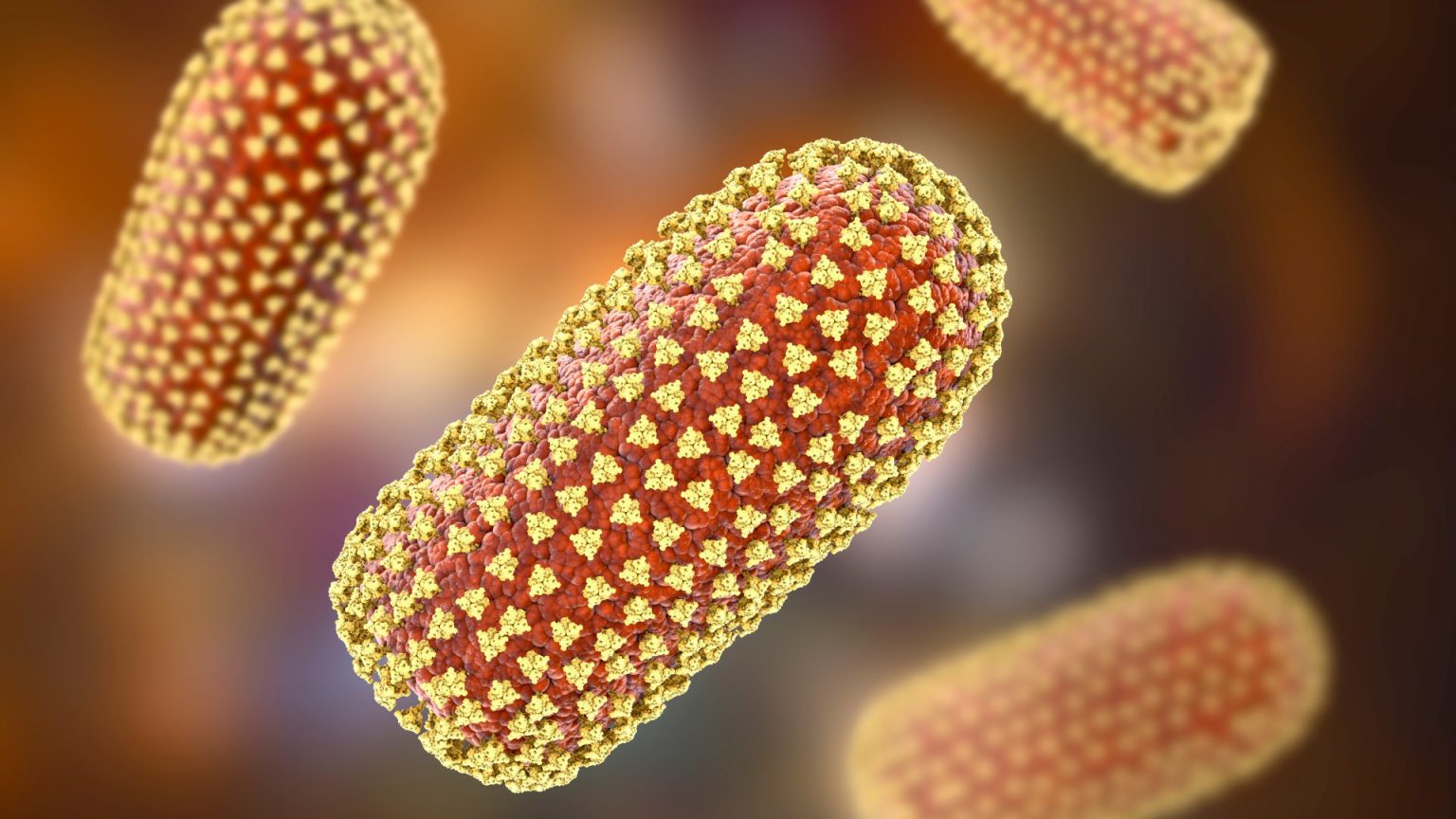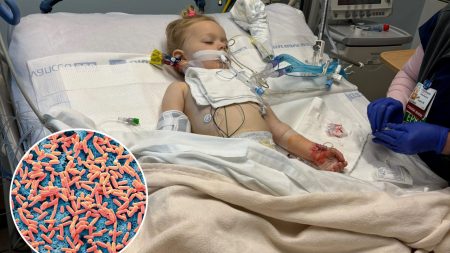Creutzfeldt-Jakob Disease (CJD), a universally fatal prion disease, underscores the devastating impact of misfolded proteins on the brain. The abnormal folding of prions, proteins found in the brain, leads to rapid brain damage and ultimately, death. While most cases arise spontaneously, a hereditary form exists, though exceptionally rare, affecting approximately one in nine million individuals in the UK. The disease progresses rapidly, often mirroring Alzheimer’s disease in its cognitive decline but with an accelerated timeline, accompanied by additional symptoms such as blindness, speech impairment, and severe coordination difficulties. Most individuals succumb to the disease within a year of the initial onset of symptoms.
Fatal Familial Insomnia (FFI), another prion disease, presents a chilling reality where sleep deprivation becomes a harbinger of death. This rare, degenerative disorder disrupts the central nervous system, leading to relentless insomnia, memory loss, and progressively worsening muscle twitching. With no known cure, treatment focuses solely on alleviating symptoms and providing comfort care. While affecting a limited number of families globally, the disease remains incredibly uncommon, with only one or two individuals per million diagnosed. The progressive nature of FFI, coupled with its devastating neurological impact, underscores the severity of prion diseases.
Rabies, a viral disease transmitted through animal bites or scratches, stands as a testament to the deadly consequences of zoonotic infections. While preventable with prompt post-exposure treatment, rabies becomes almost uniformly fatal once symptoms manifest. The initial symptoms often mimic the flu, accompanied by an unusual itching sensation near the bite site. However, the disease progresses relentlessly, causing anxiety, hallucinations, hydrophobia (fear of water), and severe cerebral dysfunction. Due to stringent animal control measures and vaccination programs, rabies is exceptionally rare in the UK. However, isolated cases linked to animal bites abroad serve as a reminder of the virus’s persistent threat.
Kuru, a historically significant prion disease, offers a unique insight into the intersection of cultural practices and disease transmission. Once prevalent among the Fore people of New Guinea due to ritualistic cannibalism involving the consumption of infected brains, kuru caused tremors, slurred speech, mood changes, and ultimately, an inability to eat or stand. The disease, often referred to as the “laughing sickness” due to the characteristic laughter exhibited by victims in the later stages, highlights the devastating consequences of prion transmission. Fortunately, with the decline of cannibalism, kuru has become virtually extinct.
Gerstmann-Sträussler-Scheinker Syndrome (GSS), another exceptionally rare prion disease, further exemplifies the devastating impact of misfolded proteins on the brain. Affecting only a handful of families worldwide, GSS typically manifests between the ages of 35 and 55, initially presenting with coordination problems. The disease progressively deteriorates, leading to dementia, slurred speech, blindness, and ultimately, death within two to ten years of symptom onset. With no effective treatments available to halt its progression, management focuses solely on alleviating symptoms and providing supportive care. The rarity of GSS underscores the challenges in researching and developing treatments for these devastating prion diseases.
These rare, fatal diseases, while vastly different in their origins and modes of transmission, share a common thread: the devastating impact on the nervous system. CJD, FFI, rabies, kuru, and GSS, each in their own way, highlight the vulnerability of the human brain to infectious agents, genetic mutations, and aberrant protein folding. The rarity of these diseases often hinders research and development of effective treatments, emphasizing the importance of preventative measures, such as rabies vaccinations and public health initiatives aimed at reducing the risk of exposure to such devastating illnesses. The study of these rare diseases provides crucial insights into the complex workings of the nervous system and the devastating consequences when its intricate machinery malfunctions.











